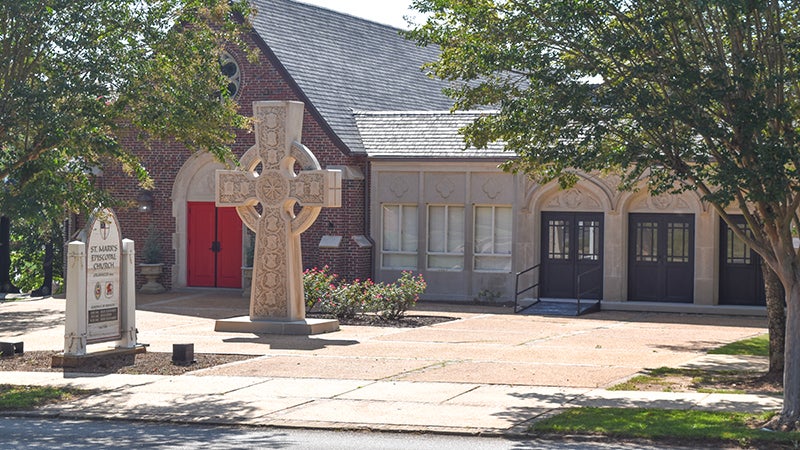Housing, Infrastructure heads discuss area development, issues with affordable housing
Published 9:30 am Tuesday, March 1, 2022
|
Getting your Trinity Audio player ready...
|
Housing, infrastructure and Troup County’s ability to sustain both, were the topics of Monday’s State of the Community event held at the Chamber of Commerce.
James Emery, Troup County director of Engineering and Development; Mark Kostial, LaGrange city planner; and Zsa Zsa Heard, CEO of the LaGrange Housing Authority; addressed attendees on the ongoing developments and obstacles facing the county’s housing development.
Both the city of LaGrange and the county have plans or had previously discussed developing housing plans in the county as LaGrange’s population continues to grow.
“We’re on the cusp of some significant growth throughout our community,” Kostial said. “What we’re seeing now is something we really haven’t seen since 2005, 2006. This would mean [bringing in] homes across all price points.”
Obstacles like inflation and rising material costs partnered with the ongoing labor shortage have hindered many housing developments. The cost of construction lumber alone has risen 26%, Emery pointed out, causing the price of housing construction to increase by about $19,000.
With these rising costs, renters, particularly the working class, are taking a hit.
“On any given day throughout Troup County, there may be 60 pieces of property that are available for purchase,” Kostial said. “Our absorption rate normally impacts affordable housing, but at this point, our absorption rates are so high it’s really driving up. When we talk affordable housing, the median income for LaGrange is about $35,000. If [renters] only spend about 30% of their income on affordable housing, that’s in a price point of about $850 a month, which makes it incredibly challenging.”
When adding the rising cost of sewer and infrastructure, the cost of housing is only going to continue to rise, Kostial said.
“Quite honestly, I believe seeing houses anywhere in the lower $200,000 is over,” he said. “In the last year across the country, the cost to rent an apartment has increased by well over 19%.”
Emery seconded that infrastructure had blurred the line between traditional housing and affordable housing.
“You can’t have multiple units per acre of housing when you have to depend on septic systems for sewer,” he said. “It’s becoming more and more difficult to see affordable housing develop, especially when it comes to single-family homes in unincorporated areas.”
Heard said a challenge her potential renters face is income. The LHA specializes in subsidized housing, Heard noted, meaning that renters may not pay the full amount of rent. Residents of the LHA who are unemployed as required to undergo budget workshops.
“When you only make $7.25 an hour, you cannot afford to live anywhere basically,” she said. “Even $10 or $12 an hour is stretching it.”
Solutions to the county’s lack of affordable housing are slow to develop, but one city and county heads eye regularly. Without a solution, workers, especially commuters, are unable to fully invest in the community. On any given day, 24,000 individuals commute to LaGrange for their work. Some travel as far as 40 minutes, Kostial said.
The city recently issued a $27 million bond to repair and extend the capabilities of the city’s infrastructure, particularly with its sewage and water systems.
“Infrastructure always drives development, specifically, sewer drives development,” Kostial said. “That’s been the case for decades.”
Emery said that the city’s industrial development has outpaced residential development.
“We are aware that housing [development] has not kept up in this area with the industrial development, though we’ve seen a lot of industrial development has always been strong,” he said. “Keeping up with our housing developments are really where we’re going right now.”





